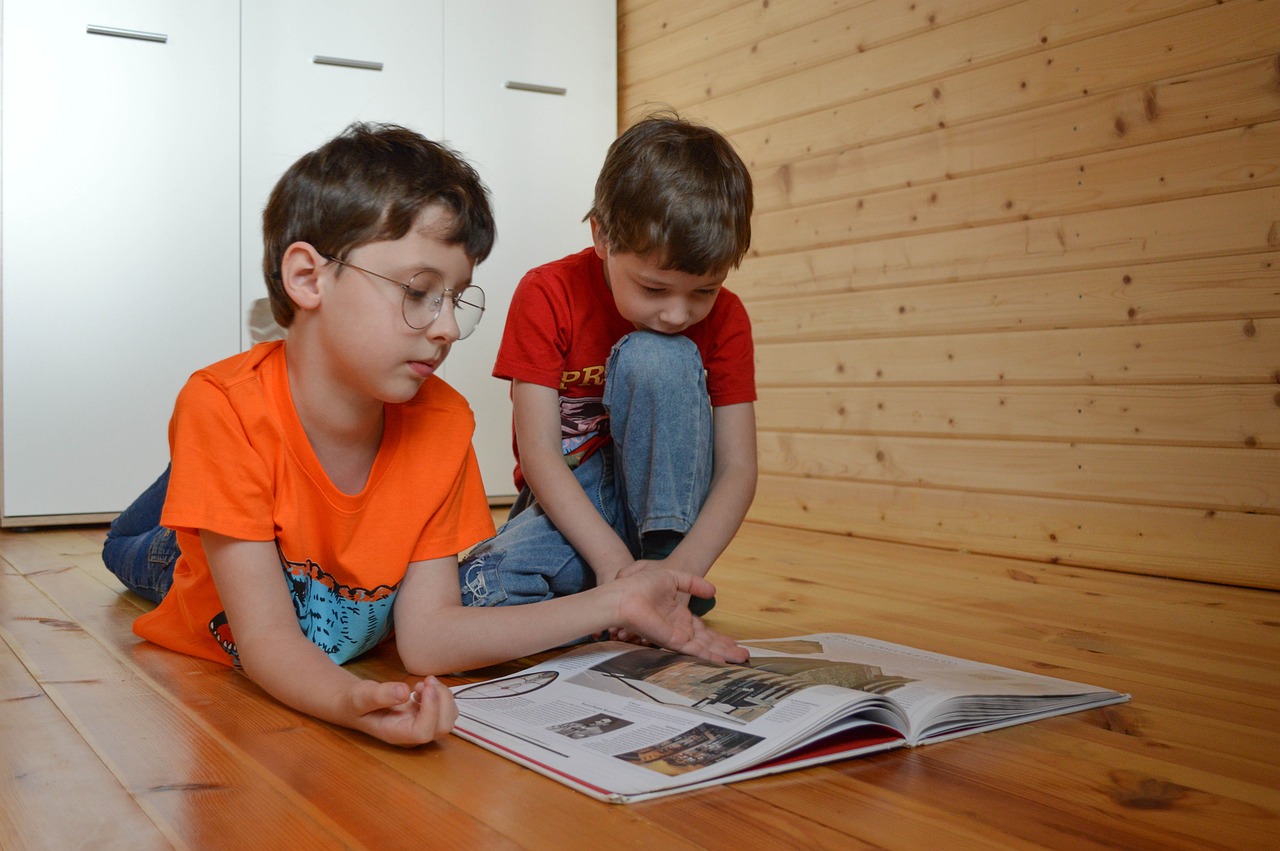
Studying is a hot topic for everyone. For dyslexics, it can a daunting task to master.
How Do We Really Learn?
We are inundated with information all day long. There is no way that our brains can hold ALL the information we receive a day. Therefore, it must determine which information to keep and which to let go of. When we intake information, it is briefly stored in our short term working memory. Your brain then attempts to connect this new information with old information stored in long term memory. Our goal is to figure out how we can tell our brain which information to hold on to and which to let go of. Otherwise, it chooses for us. Boiled down, storing long term memories requires effort and sensory anchors.
Learning is a Skill
Learning is something that must be……learned. Learning is hard work and requires effort and practice. Peter Brown said it best in his book Make It Stick, “Learning is deeper and more durable when it’s effortful. Learning that’s easy is like writing in sand, here today and gone tomorrow.” I can’t tell you how many times I’ve heard my students say, “I can’t do this! It’s too hard!” I always come back with, “We can do hard things. Hard things help us grow stronger.” To make matters even worse, we are terrible judges of when we are learning and when we are not. One of the worst questions to ask a child that has ‘studied’ is “Do you understand?” But when you ask a question that requires a thoughtful answer, like “Can you explain to me why _____?” or “Can you put that into your own words?” then you find that they don’t know it like they thought they did.
Repetition Over Time
One of the best ways to learn something is to study it consistently, over time. Cram sessions the night before a test will NOT solidify that learning. However, if you take 20-30 minutes a day to study, the learning becomes anchored. We learn by retrieving information. When we have to go back into our long term memory to retrieve information, we are improving those connections and making them stronger. The more opportunities you have to retrieve stored information and use it, the better. This is why quality dyslexia instruction is systematic and cyclical. We are always reviewing previously learned information, pulling it out of long term storage, using it, adding to it, making those connections strong and solid.
Quiz Time!
After spending those days studying and retrieving, it’s important to quiz yourself. Have a friend or family member quiz you, create your own quiz over the material. Another fabulous way to solidify that learning and make sure you do indeed know it, is to teach it to someone else. When we can effectively teach someone, we have to be solid in our knowledge.
Tips for Helping Your Child
- Make sure your child has a dedicated space to work at home, free from distractions
- Set the expectation of learning every day
- Help your child chunk the material into easy to learn pieces, always building on each other
- Research top learning tools and strategies and find what works for your child
- Have them explain the information in their own words (this is crucial!)
- Ask open ended, “Why?” questions about the material
- Quiz them to test their understanding
- Have them teach you or another family member the information
- Celebrate their efforts and progress!
Helpful Study Tools

Check out IvyPanda’s blog on studying with dyslexia. Not only do they provide expert tips and support, but offer resources on dyslexia as well.

Nessy is another excellent resource. Although it is a paid subscription, it is well worth the cost. They do offer a free trial period to let you test it out.


